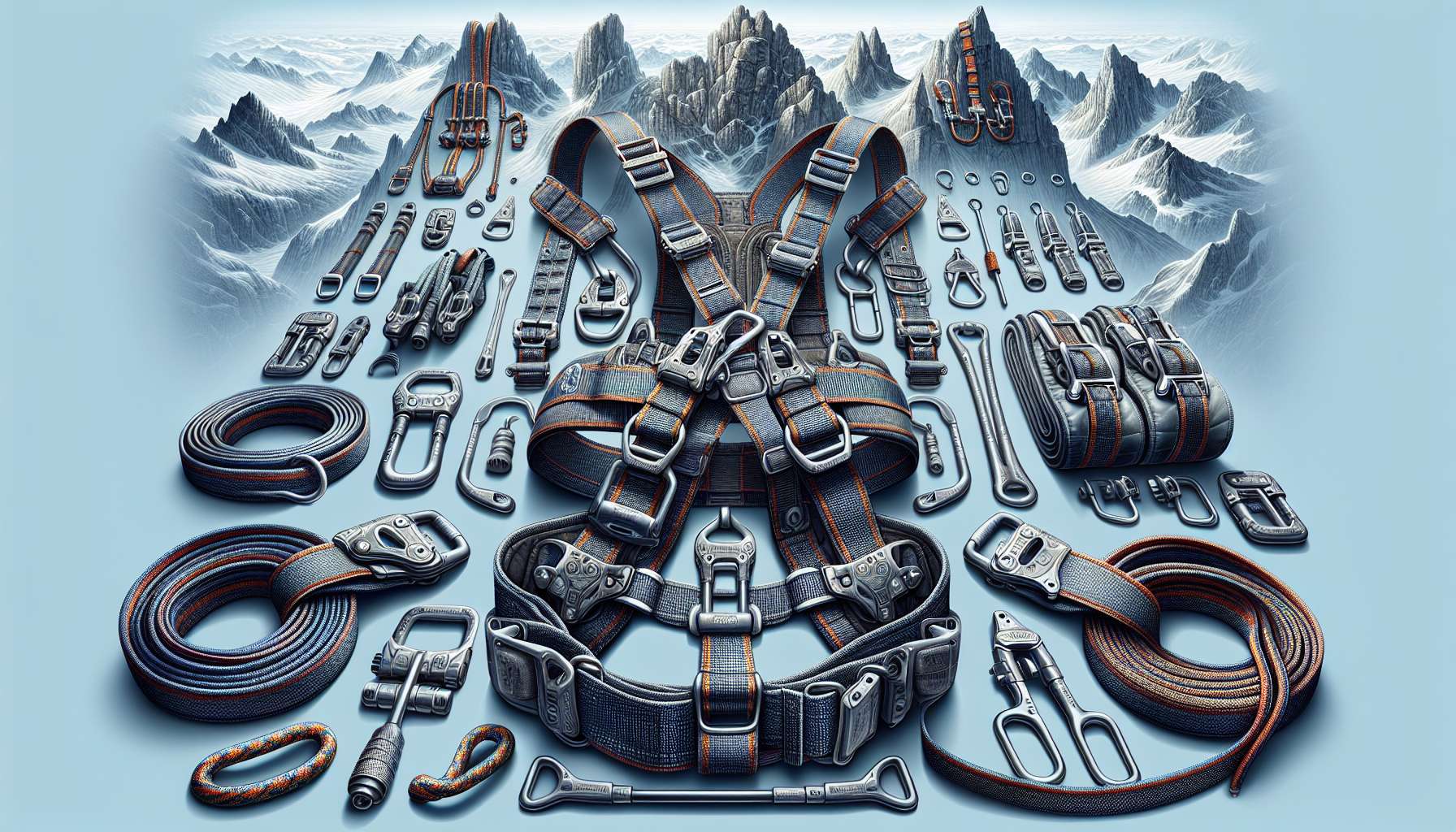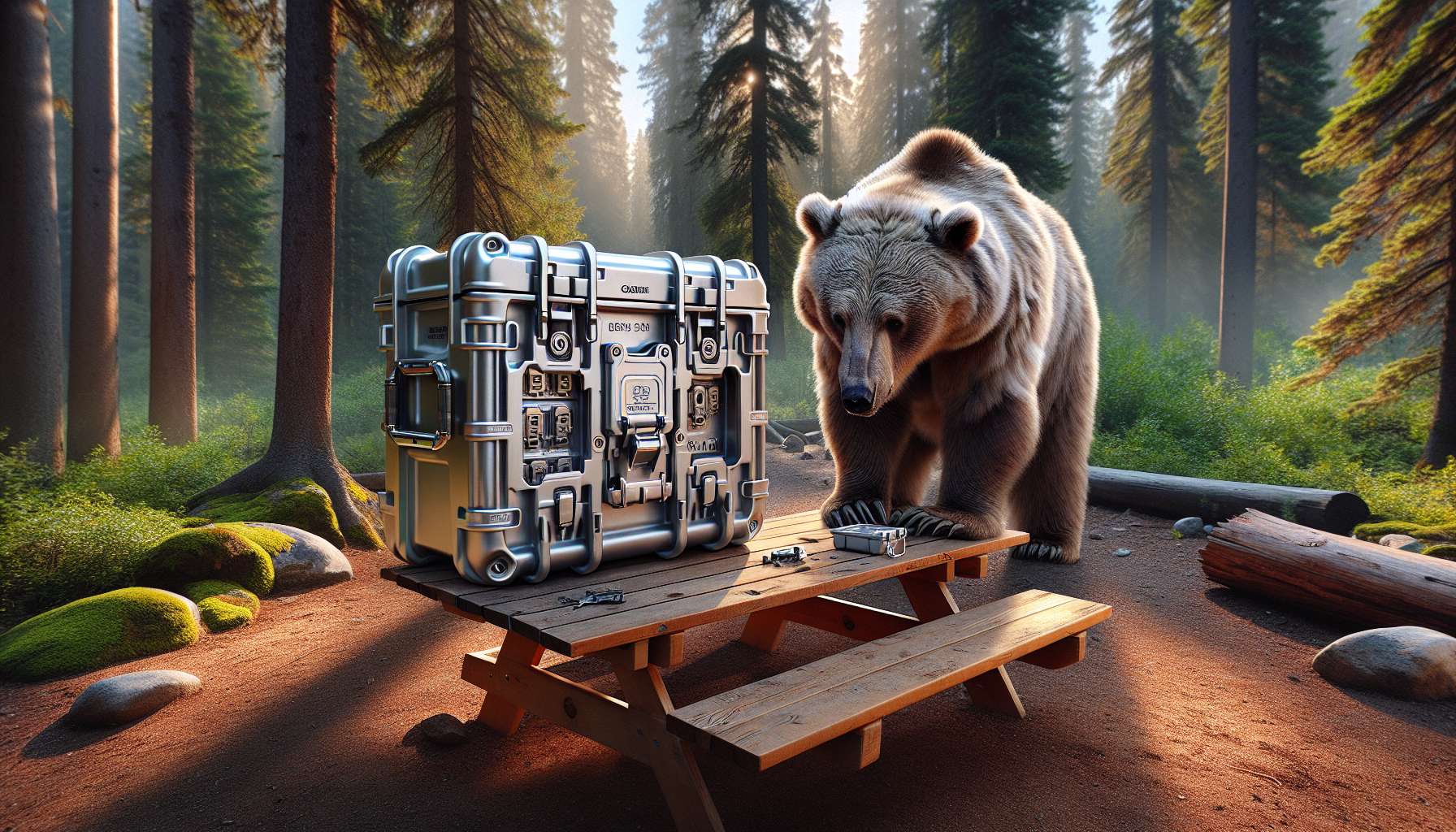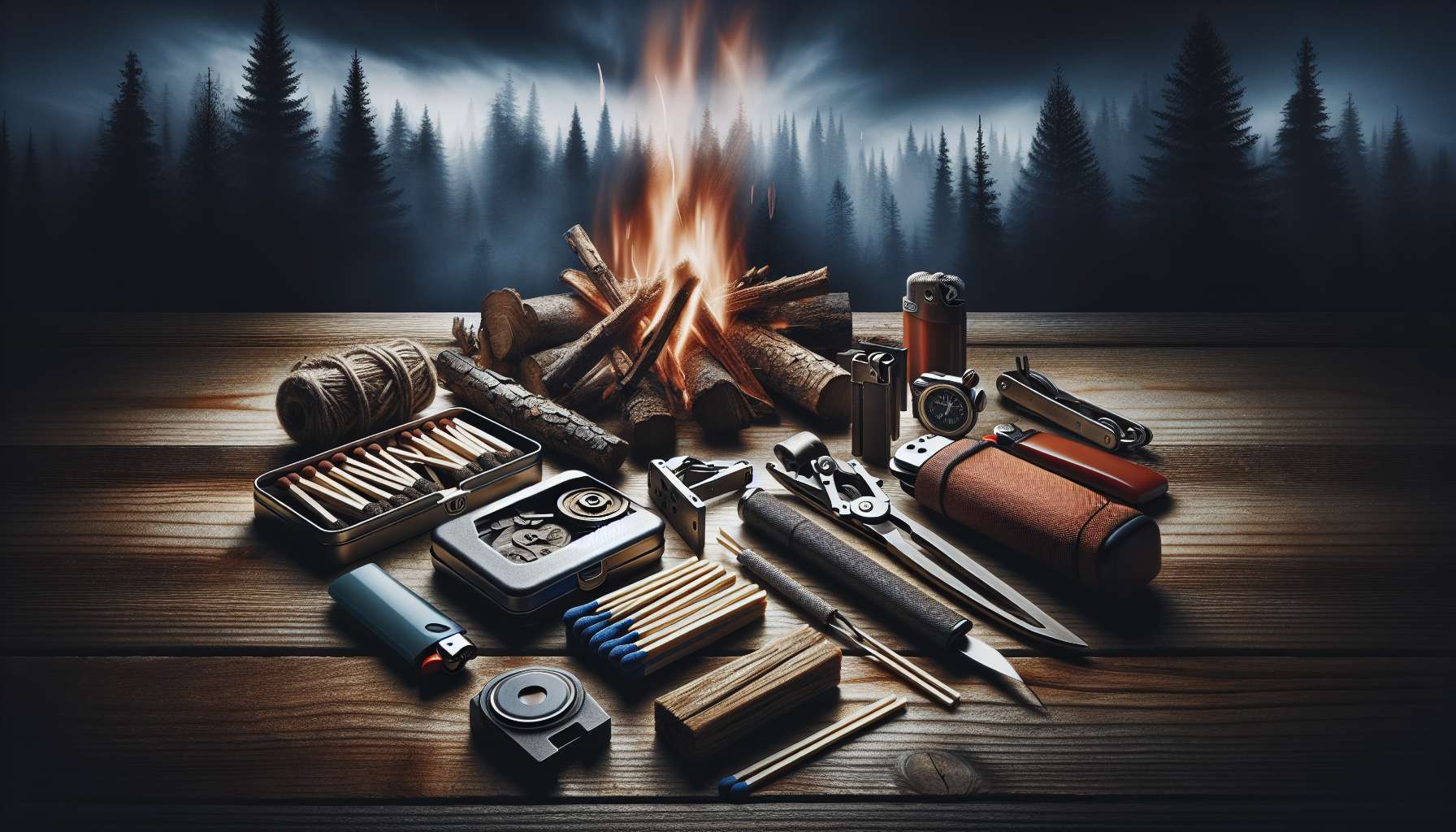The Comprehensive Guide to Climbing Harnesses
Rock climbing is a thrilling and challenging sport that requires not only physical strength and agility but also the right gear to ensure safety while scaling those vertical cliffs. One essential piece of equipment that every climber must have is a climbing harness. If you’re new to the world of climbing or looking to upgrade your existing harness, this guide will provide you with all the information you need to make an informed decision.
The Evolution of Climbing Harnesses
Climbing harnesses have come a long way since their inception. In the early days of climbing, adventurers would tie themselves directly to the rope, risking serious injury in case of a fall. It wasn’t until the 1960s that the first modern climbing harness was introduced, featuring a waist belt and leg loops for added security.
Today, climbing harnesses are designed using cutting-edge materials and technology to ensure maximum safety and comfort for climbers. From traditional sit harnesses to full-body harnesses used in industrial rope access work, there is a wide range of options available to suit different climbing styles and preferences.
Types of Climbing Harnesses
There are several types of climbing harnesses, each designed for specific purposes. The most common types include:
1. Sit Harness
The sit harness is the standard type of harness used for most climbing activities. It features a waist belt and two leg loops connected by a belay loop in the front. Sit harnesses are versatile and suitable for a wide range of climbing disciplines, including sport climbing, trad climbing, and indoor climbing.
2. Chest Harness
A chest harness is often used in conjunction with a sit harness to provide additional support and security. It is particularly useful in situations where there is a risk of flipping upside down, such as during a fall or while rappelling.
3. Full-Body Harness
Full-body harnesses are commonly used in industrial rope access work, but they can also be used in climbing scenarios where additional support is needed. These harnesses feature a chest strap that connects to the waist belt, providing full-body support in case of a fall.
4. Women’s-Specific Harness
Women’s-specific harnesses are designed to accommodate the anatomical differences between men and women. They typically have a longer rise and smaller waist-to-leg size ratio to provide a more comfortable and secure fit for female climbers.
Key Features to Look For
When choosing a climbing harness, there are several key features to consider to ensure you get the best fit and performance. These features include:
1. Adjustable Leg Loops
Having adjustable leg loops allows you to customize the fit of the harness, making it more comfortable and secure. This is especially important for climbers who plan on wearing multiple layers of clothing or who have varying leg sizes.
2. Gear Loops
Most climbing harnesses come equipped with gear loops where you can attach carabiners, belay devices, and other climbing gear. The number and placement of gear loops vary depending on the type of climbing you do, so be sure to choose a harness that meets your specific needs.
3. Belay Loop
The belay loop is a crucial part of the harness that connects the climber to the rope. It is essential to ensure that the belay loop is strong and durable to withstand the forces generated during a fall.
4. Padding
Padding on the waist belt and leg loops can provide added comfort during long climbing sessions. Look for harnesses with breathable and moisture-wicking padding to prevent chafing and discomfort.
Choosing the Right Size
It is essential to choose a climbing harness that fits properly to ensure your safety while climbing. To determine the right size, measure your waist and leg circumference and refer to the manufacturer’s sizing chart. Keep in mind that harness sizes can vary between brands, so it’s crucial to try on different harnesses to find the best fit.
When trying on a harness, make sure it sits snugly on your waist without being too tight or too loose. The leg loops should also fit comfortably without restricting movement or causing discomfort. Remember, a properly fitting harness should distribute your weight evenly and provide support in case of a fall.
Expert Opinions
We spoke to professional climber and gear expert, Sarah Thompson, to get her take on climbing harnesses. According to Sarah, “Choosing the right climbing harness is crucial for your safety and comfort while climbing. It’s essential to consider factors like fit, features, and durability when selecting a harness that meets your needs.”
She also recommends trying on different harnesses in person before making a purchase to ensure you get the best fit. “Climbing gear is a personal choice, and what works for one climber may not work for another. Take the time to find a harness that feels comfortable and secure, so you can focus on enjoying your climb,” Sarah advises.
Common Misconceptions
There are several misconceptions surrounding climbing harnesses that can lead to confusion among climbers. One common misconception is that all harnesses are created equal, but this is not the case. Different harnesses are designed for different purposes, so it’s essential to choose one that suits your climbing style and preferences.
Another misconception is that a harness will prevent you from falling, but in reality, a harness is a safety device designed to arrest a fall, not prevent it. Climbers should always exercise caution and follow proper safety protocols to minimize the risk of accidents while climbing.
Conclusion
In conclusion, climbing harnesses are a crucial piece of equipment that every climber should invest in. By choosing the right harness for your needs and ensuring a proper fit, you can enjoy a safe and comfortable climbing experience. Whether you’re a beginner or experienced climber, the right harness can make all the difference in your climbing adventures.
Remember to consider key features like adjustable leg loops, gear loops, belay loop strength, and padding when selecting a harness. Try on different harnesses in person to find the best fit, and don’t hesitate to seek expert advice if you’re unsure about which harness to choose.
So, next time you gear up for a climb, make sure you have the right harness to keep you safe and secure as you reach new heights in the world of climbing.
Whether you’re tackling a challenging route or scaling a towering peak, your climbing harness will be your trusty companion, providing the support and security you need to push your limits and conquer new heights. So, choose wisely, buckle up, and get ready for your next climbing adventure!




